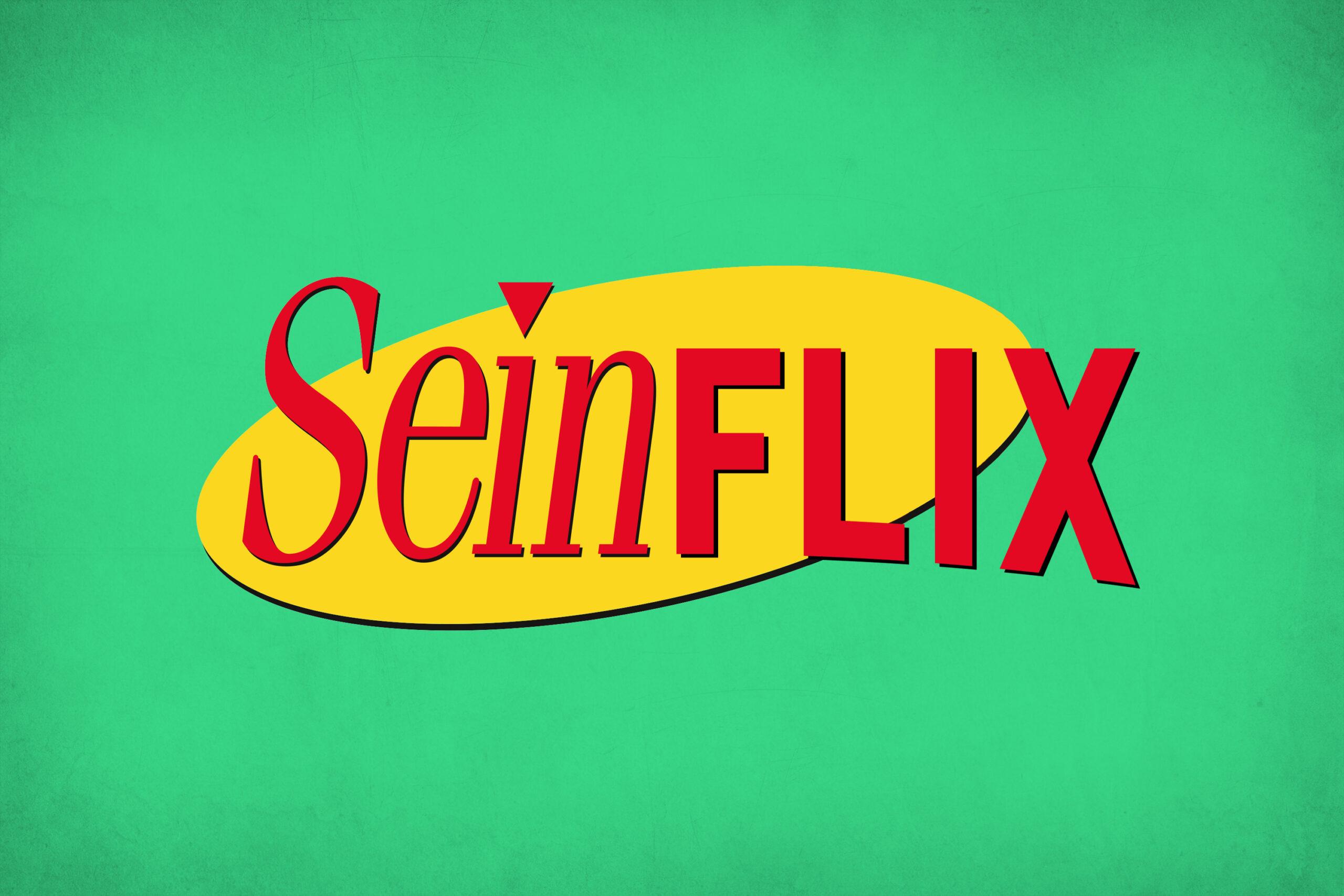
That omnipresent bass line just added a few extra cash register noises. Seinfeld, the show about nothing, is about quite a bit for the biggest players in the still-raging Streaming Wars—more than half a billion dollars, to be precise.
That’s according to the Los Angeles Times, reporting on the news that the iconic ’90s sitcom will be available to stream in full on Netflix starting in 2021. Since 2015, the coveted streaming rights to Jerry, George, Kramer, and Elaine have been held by Hulu, which shelled out a then-stunning $875,000 an episode—adding up to just over $130 million for the series, per year—to Sony Pictures Television for a six-year deal. Since then, Seinfeld has become something of a signature offering for a service that’s built its name on an association with network television, both current and archival. There’s even a custom tool in the app for pulling up random episodes, replicating the experience of catching a syndicated rerun somewhere in the deep recesses of basic cable.
But that era is coming to an end. Between the initial Seinfeld deal and its imminent expiration, much has changed for both Hulu in specific and streaming in general. Disney’s acquisition of Fox, and subsequent buyout of Comcast, has turned the service from a joint effort by broadcast networks to change with the times into a wholly owned-and-operated subsidiary of a single company, not to mention a sibling of Disney+. Meanwhile, the continued fracturing of audiences has only made enduring touchstones like Seinfeld more valuable to various contenders trying to build, or maintain, their base of subscribers. A great unifier is hardly what Jerry Seinfeld and Larry David had in mind when they made a show about a bunch of misanthropes grating on whoever crosses their path, but it’s worked out well for their pocketbooks.
Seinfeld’s monoculture status is especially useful to Netflix, though by no means exclusively. For the Seinfeld deal alone, Netflix outbid not just Hulu, but also Amazon, Viacom, NBCUniversal, and even WarnerMedia, the company that partially owns Seinfeld and was previously expected to repatriate the show for its own streaming efforts. (Bizarrely, WarnerMedia is both a loser in this scenario and a major profiteer.) And this isn’t the first auction frenzy to make headlines this year.
This June, NBCUniversal’s still-unnamed new service agreed to shell out $100 million a year to reclaim The Office as its flagship offering, adding up to $500 million total over the five-year duration of the deal; weeks later, WarnerMedia’s HBO Max handed over $425 million for a half decade’s worth of Friends. Both those acquisitions came directly at the expense of Netflix, which arguably benefited from an unsustainable lack of competition in scoring both series’ back catalogs at a deflated price back in 2015 (Friends) and the embryonic stage when Netflix was still largely a DVD rental operation (The Office). Neither The Office nor Friends were Netflix originals, but they might as well have been to the binge viewers who watched them more than any in-house productions. So when those two series were set to leave Netflix, Ted Sarandos and Co. were left staring down their own version of a chicken-and-egg problem: Had Netflix become a generation’s go-to because it had nostalgic touchstones from their youth, or had Friends and The Office become nostalgic touchstones because the service was already where millennials went for background viewing?
Netflix has opted not to find out. In paying for the privilege of a five-year loan on Seinfeld’s global rights—a privilege that naturally carries an even higher price tag than the U.S.-only deals forged by NBCUniversal and WarnerMedia—the company has put a very real, and astronomically high, value on classic, pre-streaming sitcoms and their role in its business model. Ironically, the institution whose maximum-volume production is predicated on the idea of catering to every possible niche is all but admitting it depends on the old-school hit it’s helped make harder to create than ever.
Fewer and fewer shows have the kind of claim Seinfeld does on the popular imagination, while more and more providers are attempting to trade on that appeal as a bait-and-switch for their homegrown shows. There’s a full-circle quality to Netflix’s poaching Seinfeld from Hulu; two years ago, Hulu pulled the same maneuver in reverse with 30 Rock. Besides, Netflix is already in business with Jerry Seinfeld, having snapped up Comedians in Cars Getting Coffee from Crackle and bankrolled the special Jerry Before Seinfeld, making the service a natural home for the sitcom even beyond its massive budget. But there’s also a hint of the unknown. If Seinfeld can go up so much in value, and gain so many new suitors, in just five years, what’s the industry going to look like the next time it’s up for sale?
An earlier version of this story mischaracterized Hulu’s deal to acquire Seinfeld. They paid just over $130 million for six years, not $160 million for five years.